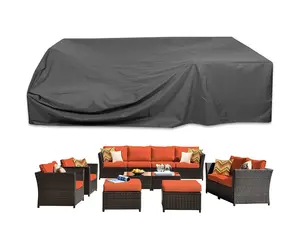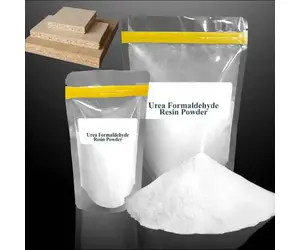Kashthat news
Patio furniture covers are essential guardians for your outdoor investments. Crafted from durable materials like polyester, vinyl, or canvas, these covers shield your chairs, tables, sofas, and umbrellas from the harsh elements. Featuring elastic hems, straps, and buckles, they provide a snug fit and resist wind, while ventilation panels prevent mold. With UV resistance and waterproofing, patio furniture covers not only preserve aesthetics but extend the lifespan of your outdoor furniture. Explore different types, materials, and maintenance tips to ensure your open-air haven remains stylish and protected season after season.
Explore the world of aerosol adhesives, versatile bonding marvels that offer both temporary and permanent solutions. From adjustable spray patterns to environmental considerations, delve into the captivating intersection of technology, convenience, and precision in adhesive applications.
Urea resin adhesive, commonly known as urea glue or urea-formaldehyde glue, is a thermosetting synthetic adhesive widely used in woodworking and construction. Composed of urea formaldehyde polymer, it forms a strong, cost-effective bond in applications such as plywood and laminated surfaces. With high bonding strength and durability, urea resin adhesive is favored for load-bearing structures. Its thermosetting nature allows for a relatively short curing time when subjected to heat. Urea glue is clear and colorless, making it suitable for applications where aesthetics matter. Notable companies in the chemical industry, such as Hexion and Ashland, are involved in its production. However, urea-formaldehyde glue has drawbacks, including sensitivity to moisture and temperature, and concerns about formaldehyde emissions. The adhesive sets in a few hours under optimal conditions. Urea, a key component, has various uses, including as a nitrogen fertilizer and in the synthesis of adhesives. The danger of urea formaldehyde resin lies in potential formaldehyde emissions, requiring proper safety measures. Application involves mixing with a hardening agent, application to surfaces, and clamping during curing. While not easily dissolved, removal may require specialized methods. The adhesive is not highly water-soluble once cured. Checking the product's shelf life and adhering to manufacturer guidelines are crucial for optimal performance.



